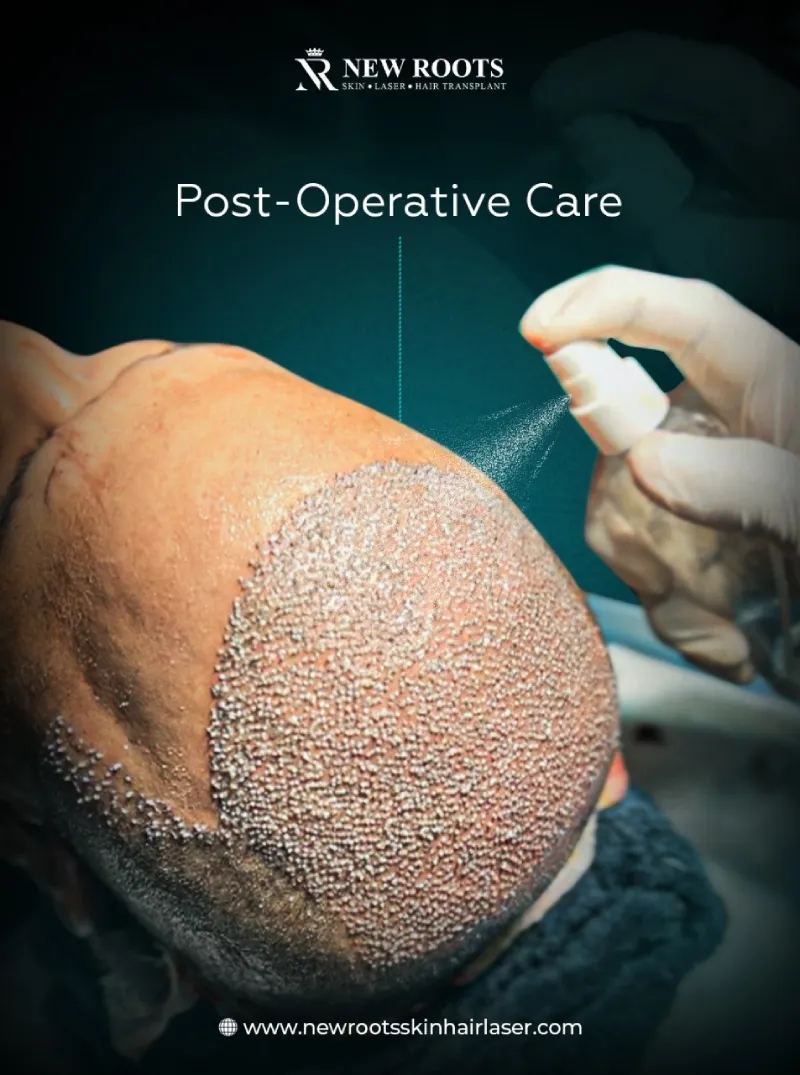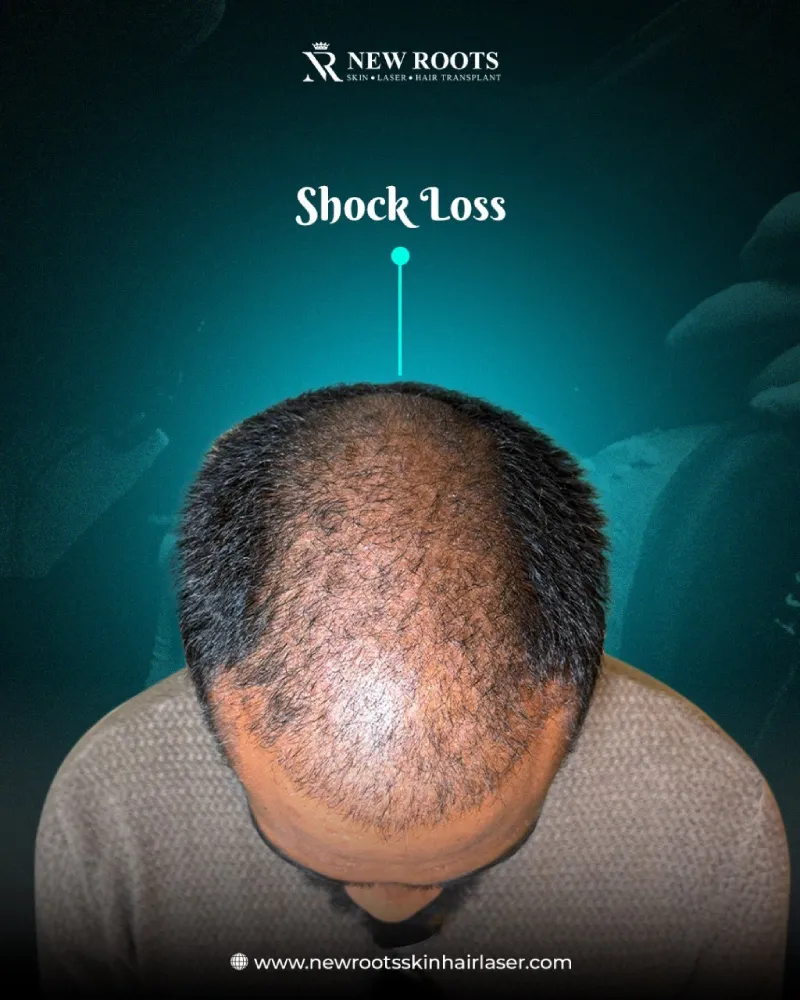The question is: Is Hair Transplant Painful? This is an issue that often bothers people who plan to undergo this kind of surgery.
Few of the patients I’ve engaged feel pain because they administer local anesthesia to numb the scalp before the actual procedure.
Although some pulling or pressuring may be experienced, most of these are not regarded as painful sensations.
It is rare to experience severe pain after a hair transplantation surgery, but usual symptoms include some degree of discomfort in the donor and recipient sites that can be easily relieved by over-the-counter painkillers.
Introduction
Knowledge of the pain-causing factors in a hair transplant is an essential issue for most individuals who contemplate undergoing the surgical procedure.
The main question asked is: Is hair transplant painful? This guide seeks to answer questions or simply provide some assurance on how to approach this all with confidence.
Thankfully, most patients can describe hair transplant surgery as virtually painless because of the use of local anesthesia on the scalp during the surgery.
It is thus necessary to grasp the situation’s possibility of causing distress during or after the procedure.
Table of Contents
Guide to Hair Transplant Procedures
Follicular hair transplant surgeries are meant to correct hair loss through the transplantation of human hair follicles from a region that may have thicker hair to the region with little or no hair.
This surgical intervention, however, serves more as corrective surgery and is focused on ensuring the patient has a fuller hairline and better texture.
There is a need to differentiate between hair restoration methods, their uses, and the potential results to aid decision-making.
Hair transplantation generally involves two main techniques: the FUT method and the FUE method.
In FUT, the surgeon excises a strip of scalp normally from the posterior aspect of the head/vertex of the scalp.
This strip is then sewn into tiny areas, each one with only a few hair follicles in the affected area.
The advantage of FUT is that, unlike FUE, it is possible to take more grafts during the operation, which can be useful in cases of extensive balding.
On the other hand, FUE involves the removal of follicular units that have hair; this is done directly from the donor area using small holes.
The method requires less time for surgery and the scar line is not present, which is crucial for patients with the desire to wear short hair.
However, it takes longer than FUT and is often more costly because the hair grafting procedure demands laborious extraction of hair follicles.
Both types of surgeries’ objectives are to achieve the appearance of a hairline that would naturally grow on the head.
Any hair transplant procedure indeed depends on the efficiency of the surgeon, the quality of the hair, the extent of balding, and the presence of any faulty genes that may run in the family.
Also important to consider is knowing what you will need to do after you have undergone the surgery and what the possible side effects of the procedure are.
Post-operative Discomfort
Like any other operation, patients will feel tingly or sensitive in the wash-basin area after the local anesthetic wears off, particularly in the area where hair follicles were removed and where follicles were implanted.
This sensation is sometimes described as similar to a graze-like pain, and one that most patients can tolerate.
However, chronic pain should be rare, but it may be present, especially if a larger number of grafts were transplanted.
Most of the time, patients are encouraged to keep an eye on their symptoms when undergoing the healing process.
If there is some progression of the manifestations or no improvement, a person should see a doctor immediately to exclude inflammation or folliculitis.
Managing Side Effects
A number of the common signs and symptoms of hair transplant surgical treatment include scabs and crusting around the area where hair transplants have been performed.
That is a pretty natural procedure within the restoration system, because the body is in a state of healing.
Tissue puffiness is also possible, sometimes termed edema, and usually subsides in about 4 days from the date of the procedure.
This is why it is always the patient’s responsibility and a compliment to follow the aftercare advice given by the treating team.
Others use prescribed antihistamines or medicated shampoos to ease itching and scaling and, therefore, lessen discomfort from scabs.
It is also important to prevent activities that could interfere with the healing area.
Patients should keep expectations real when it comes to shock loss, which entails a sudden loss of some of the hair upon going for the surgery.
Is Hair Transplant Painful? Post-operative Pain and Discomfort
Postoperatively, mild discomfort is usually recorded at the donor site and elsewhere in areas where grafting was done.
Many complain of discomfort, which is usually manageable using over-the-counter medications like ibuprofen or paracetamol.
Mean Postoperative Pain Intensity
Some patients complain of pain only during the first two days after the operation; this pain can be described as mild to moderate. It could feel as if the neck had been scratched or there was mild discomfort.
Pain and Discomfort: How to Make Things Easier at Home
Pain is best avoided with proper postoperative nursing care. It is advised that anti-inflammatory drugs are prescribed, or doctors might recommend Over-the-Counter drugs such as dantrolene to alleviate the inflammatory response to pain.
Limiting the Degree of Movement: Swelling (edema) of the tissues adjacent to the laser treatment area might cause certain discomfort if the head is in an inclined position.
Other Common Concerns

Swelling and Inflammation
Usually, there is marked edema around the forehead and scalp region. This effect normally tends to last for a few days.

Crusting and Scabbing
Doctors marginally find crusty formation around the grafted areas to be routine.
This is because there will always be dried blood and fluid from the surgery when the patient is being treated.
During the months of healing, particular care must be taken not to interfere with scabs and grafts.

Shock Loss and Hair Loss
About shock loss shortly, total hair loss in both the receiver as well as donor area is common after a transplant. It’s usually a temporary condition because the hair usually regrows after a few months as new hair sprouts from the follicle.
Healing Process
Many patients do not recognize that the phase of recovery and healing is just as important as any other.
Various studies show that it is crucial to adhere to postoperative care guidelines to greatly improve the speed of healing as well as the success rates.
Essentials of Postoperative Care
Shampooing and washing, massaging, and vigorous exercise need to be avoided or done minimally in the initial few days after hair transplant surgery.
Conclusion
To answer the question Is Hair Transplant Painful we may sum it up as follows: commonly, it has a positive outlook; ordinarily, patients only endure slight discomfort because of the numbness that results from local anesthetic agents, together with appropriate post-surgical management.
As has been postulated, adequate control of expectations concerning pain experienced during the healing is important in having a desirable recovery.
Q&A ASK
Patients describe few complaints of minor pain during hair transplant surgery using local anesthesia, which is used to freeze the scalp; therefore, hair transplantation is generally not painful with only feelings of pressure.
There might be mild pain or soreness in the donor and recipient areas of the body after surgery, but it is comfortably treatable with pain-relieving drugs such as Ibuprofen.
Continued pain after the surgery is rare to experience and should only last a few days at most. Hospitalized patients usually report high levels of relief after the first twenty-four hours and can control minor pains using medicines that can be obtained over the counter.
Yes, the transplant area may be tender when you wake up from the operation or after the anesthesia has worn off. That is normal and normally should disappear within seven days as the healing process begins.
Pain is usually well controlled, though some patients may suffer from swelling, itchiness, or slight inflammation, which are easily tractable if due attention is paid to postoperative instructions from the surgeon.




